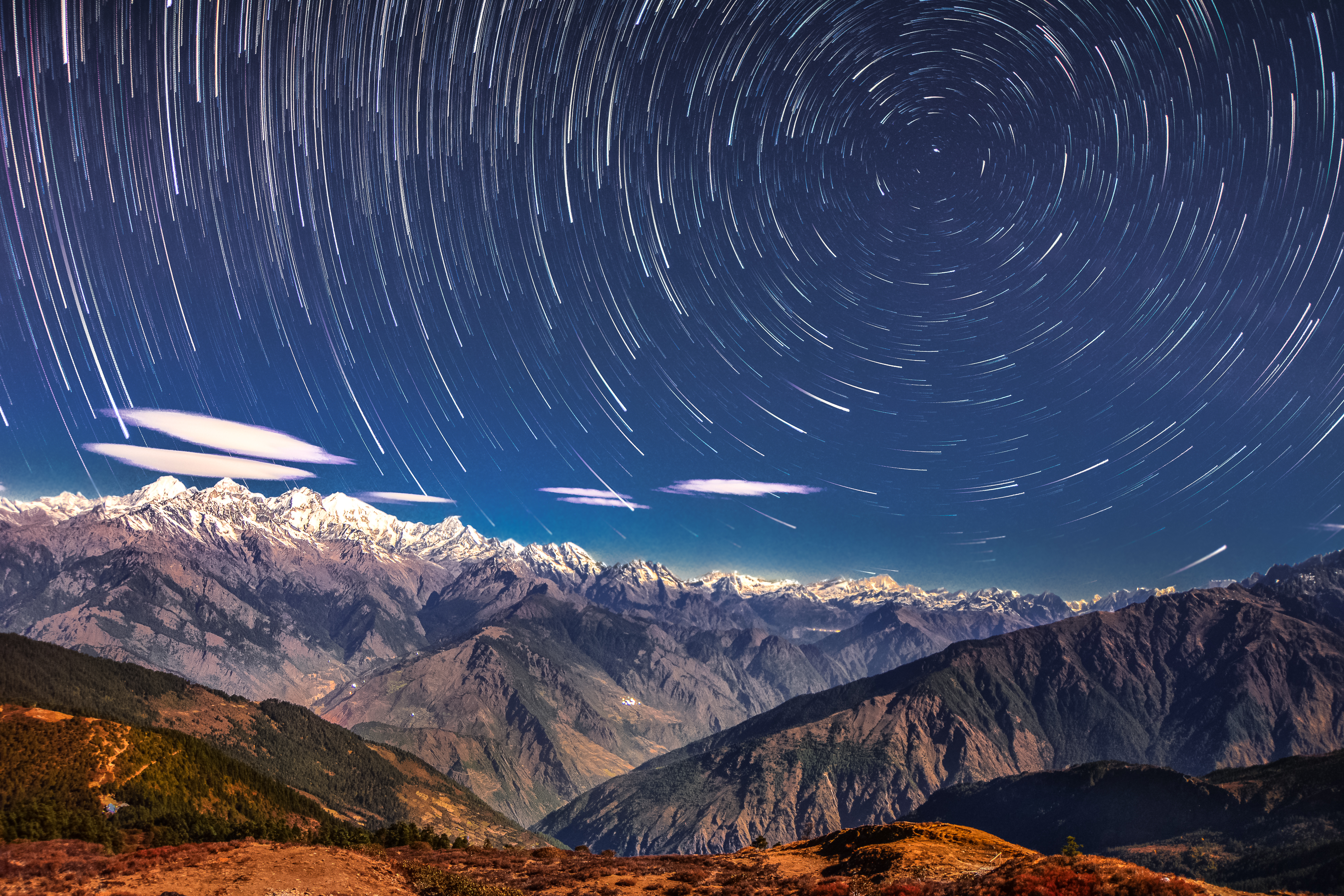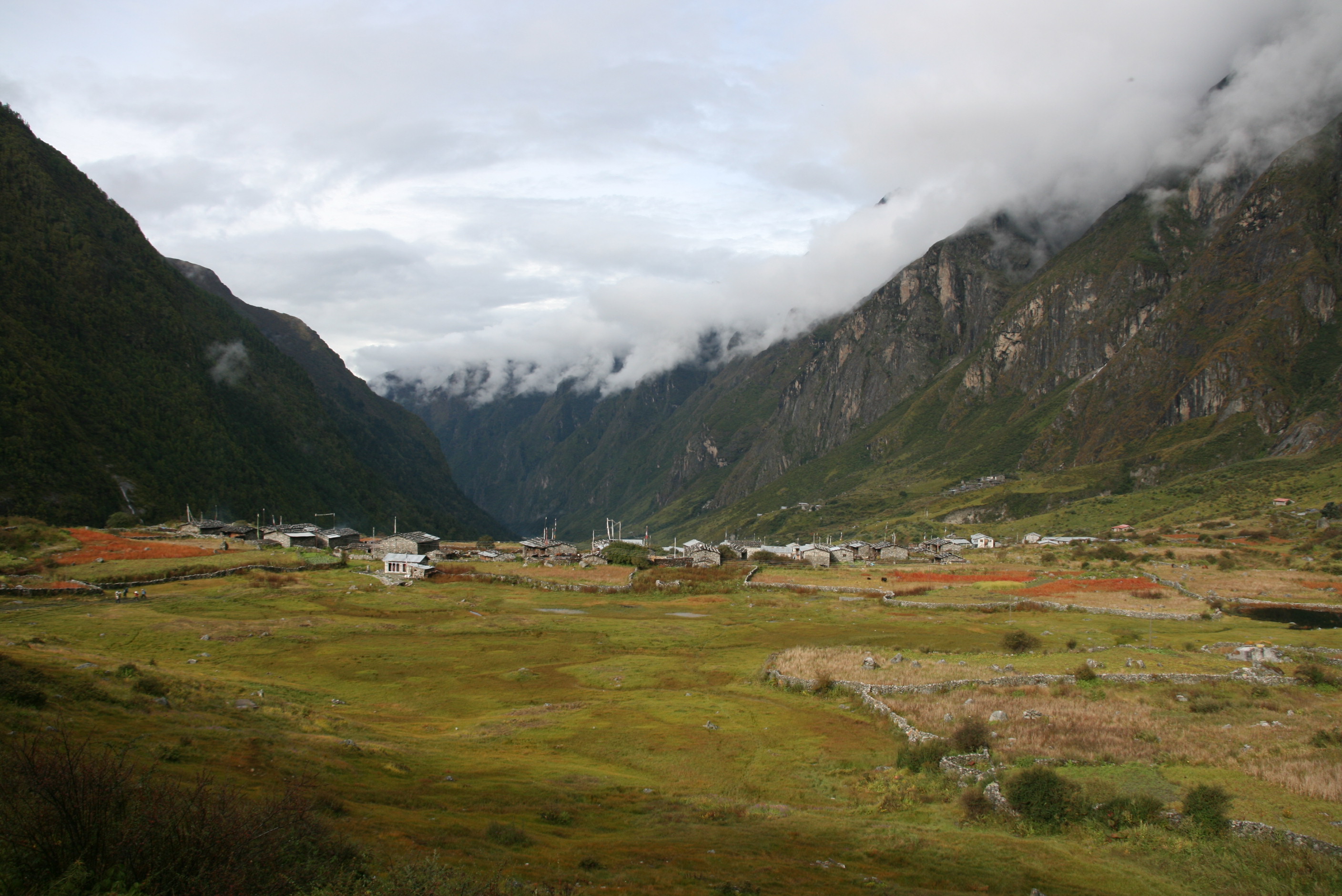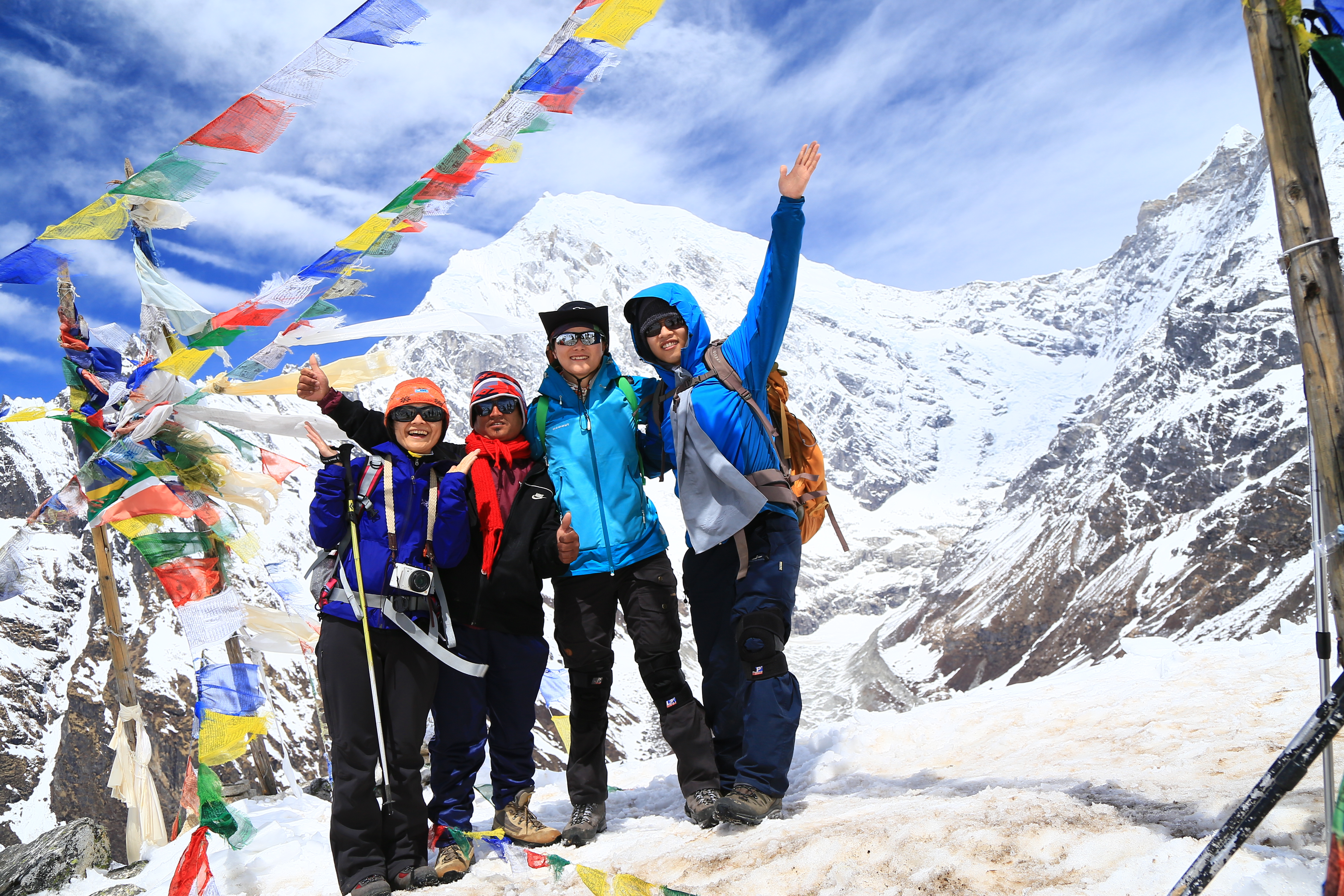Langtang range (64).JPG on:
[Wikipedia]
[Google]
[Amazon]



 Langtang valley is a Himalayan valley in the mountains of north-central Nepal, known for its trekking routes and natural environment.
Langtang valley is a Himalayan valley in the mountains of north-central Nepal, known for its trekking routes and natural environment.




 Langtang valley is a Himalayan valley in the mountains of north-central Nepal, known for its trekking routes and natural environment.
Langtang valley is a Himalayan valley in the mountains of north-central Nepal, known for its trekking routes and natural environment.
Administrative
The Langtang valley lies in the Rasuwa district of the Bagmati Province in Nepal. Situated 80 kilometres north of theKathmandu Valley
The Kathmandu Valley ( ne, काठमाडौं उपत्यका; also known as the Nepal Valley or Nepa Valley ( ne, नेपाः उपत्यका, Nepal Bhasa: 𑐣𑐾𑐥𑐵𑑅 𑐐𑐵𑑅, नेपाः गाः)), ...
, the valley lies within the Langtang national park, which borders the Tibet autonomous region of China
China, officially the People's Republic of China (PRC), is a country in East Asia. It is the world's most populous country, with a population exceeding 1.4 billion, slightly ahead of India. China spans the equivalent of five time zones and ...
. Prior to the 2015 earthquake, 668 individuals are estimated to have lived within the Langtang valley.
Ecology
The Langtang valley lies within the Langtang National Park. The park contains a wide variety of climatic zones, from subtropical to alpine. Approximately 25% of the park is forested. Trees include the deciduous oak and maple, evergreens like pine, and various types ofrhododendron
''Rhododendron'' (; from Ancient Greek ''rhódon'' "rose" and ''déndron'' "tree") is a very large genus of about 1,024 species of woody plants in the heath family (Ericaceae). They can be either evergreen or deciduous. Most species are nati ...
. Animal life includes the Himalayan black bear, Himalayan tahr, Assam macaque, snow leopard, yak
The domestic yak (''Bos grunniens''), also known as the Tartary ox, grunting ox or hairy cattle, is a species of long-haired domesticated cattle found throughout the Himalayan region of the Indian subcontinent, the Tibetan Plateau, Kachin Sta ...
, red panda and more than 250 species of birds.
Culture
Among themselves, the local inhabitants of the Langtang valley refer to each other as 'Langtangpa'. They generally follow Tibetan Buddhism, and speak a Tibetan language that is closely related to the Tibetan spoken in Kyirong, southern Tibet. The Langtangpas regard the mountain Langtang Lirung as their 'yu-lha', their local country god. However, in the state census, the Langtangpas are categorised as Tamang. Langtang valley is believed to be the Beyul Dagam Namgo, one of the many hidden valleys blessed byGuru Padmasambhava
Padmasambhava ("Born from a Lotus"), also known as Guru Rinpoche (Precious Guru) and the Lotus from Oḍḍiyāna, was a tantric Buddhist Vajra master from India who may have taught Vajrayana in Tibet (circa 8th – 9th centuries)... According ...
.
Economy
The traditional livelihoods of the Langtangpas have centered around agropastoralism. Since the mid-1970s, tourism has grown to become an important source of livelihoods in the Langtang valley. Swiss cheese-making was introduced in Langtang in the 1950s by Werner Schulthess. Over time, Swiss cheese became a popular product of Langtang, and its production in the valley continues to this day.Access
The nearest motorable roadhead for the Langtang valley is Shyaphrubesi, which is also the base for most treks into the Langtang valley. The distance of Shyaphrubesi from Kathmandu is 80km. But due to bad road conditions, it usually takes 6-8 hours to drive from Kathmandu to Shyaphrubesi. Just as for the Langtang National Park, entering the Langtang valley requires everyone except locals to have the TIMS permit and the Langtang National Park entry permit.Tourism
The Langtang valley trek, from Shyaphrubesi to Kyanjin Gumba and back, is known to be the third most popular trek in Nepal, after the Annapurna circuit and Everest base camp treks. There are several treks that go through the Langtang valley and link it to nearby valleys. In most of these treks, one can stay at local 'tea-houses', which are run by locals in nearly every village in the valley, and where one gets basic lodging and food. There are several mountain-climbing options available too in the Langtang valley, ranging from relatively easy-to-climb peaks around 5,000m high, such as Kyanjin Ri and Cherko Ri, to technically challenging peaks, such as Dorje Lhakpa and Langtang Lirung.2015 Nepal earthquake
The village of Langtang was almost completely destroyed (1 building survived) by a massive avalanche caused by the April 2015 Nepal earthquake. The village suffered an estimated 310 deaths, including 176 Langtang residents, 80 foreigners, and 10 army personnel. More than 100 bodies were never recovered. Several other villages in upper Langtang valley were also destroyed. The Langtangpas who survived the destruction of the earthquake were evacuated by helicopter to Kathmandu, where a displaced persons camp was temporarily set up at the Yellow Gumba near Swayanmbhu. Many Langtangpas returned to the valley in the following months, and a significant amount of reconstruction was completed within the first year after the earthquake. By early 2018, the centuries-old gompa at Kyanjin Gompa, which had also been destroyed in the earthquake, had been rebuilt. The Swiss-cheese factory at Kyanjin Gompa village was destroyed too, but has been rebuilt and since then become operational again.Climate change
Since the mid-2010s, Langtangpas have noticed that most natural springs in the valley have gone dry. Scientists have attributed the reduction in the glacier area of the Langtang glacier directly to anthropogenic climate change since the 1970s. The intergovernmental organisationICIMOD
The International Centre for Integrated Mountain Development (ICIMOD) is a regional intergovernmental learning and knowledge sharing centre serving the eight regional member countries (RMCs) of thHindu Kush Himalaya(HKH) region - Afghanistan, Ban ...
conducts periodic cryospheric research in the Langtang valley and Yala Glacier.
Langtang Himal
Langtang Himal is a mountain range in the Himalayas which includes the following peaks:
See also
* Langtang National Park * The earthquake of April 25, 2015 in Nepal *Path of the Mani
The Path of the Mani is an ancient high-road from Kathmandu, Nepal, to the mountain pass of Langtang between the valleys of Nepal and the dry highlands of the Tibetan plateau
The Tibetan Plateau (, also known as the Qinghai–Tibet Plateau or ...
References
{{coord, 28.250, N, 85.500, E, display=title, source:dewiki Bagmati Province Mountain ranges of Nepal